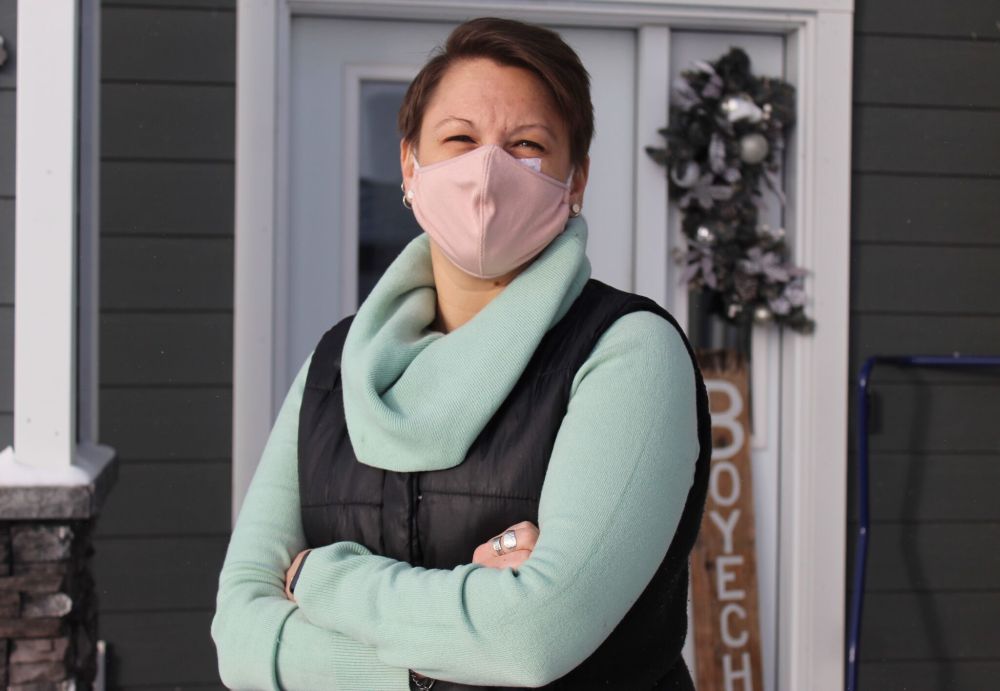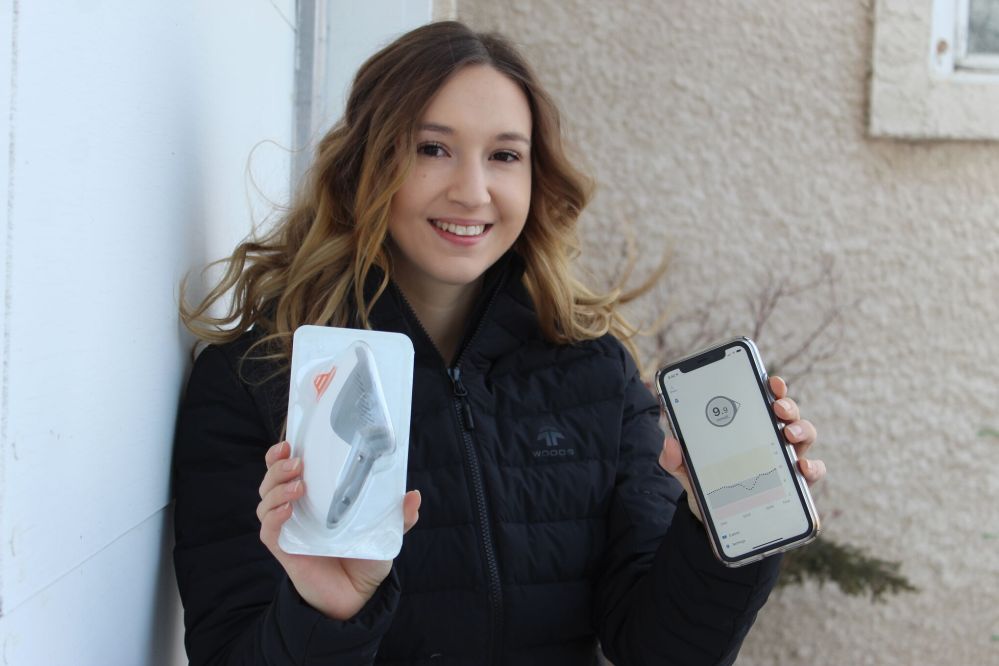Type 1 diabetics press province for coverage
Advertisement
Hey there, time traveller!
This article was published 21/01/2021 (1572 days ago), so information in it may no longer be current.
Manitobans living with Type 1 diabetes are renewing calls for the province to cover the cost of medical devices that improve their ability to manage the chronic condition.
The Great Manitoban Fingerprick Challenge arose from Emergency Diabetes Support for Manitobans, a Facebook group for families living with the disease.
Trevor Kirczenow, a Dugald-area resident and parent of a child with Type 1 diabetes, is helping to organize the awareness campaign, which is designed to create empathy for Type 1 diabetics among those with the power to revise health-care legislation.

Kirczenow has mailed kits containing a fingertip lancet and 10 blood-sugar test strips to 12 of Manitoba’s 57 MLAs who have agreed to take the Fingerprick Challenge.
Mental Health, Wellness and Recovery Minister Audrey Gordon, NDP Leader Wab Kinew, and Liberal Leader Dougald Lamont have all signed on, but Kirczenow said Monday he’s yet to get a commitment from a Southeast MLA.
Participating politicians will test their blood sugar for 24 hours to get a feel for what it’s like to be unable to afford a continuous glucose monitor (CGM), a small device that monitors the wearer’s blood-sugar level in real time and emits potentially life-saving warnings.
In Manitoba, CGMs are not included in the provincial health formulary. Insulin pumps—another wearable device that delivers small doses of insulin around the clock—are only covered up to age 18.
Kirczenow said that needs to change. Ontario and Quebec offer partial coverage to adults, while last October, Yukon became the first jurisdiction in Canada to fully fund CGMs for all Type 1 diabetics.
According to Diabetes Canada, nearly 10 percent of Manitobans live with some form of diabetes. About 10 percent of those are Type 1 or insulin-dependent, meaning their pancreas doesn’t produce insulin, a hormone that controls blood-sugar levels.
Kirczenow said comparing test strips to CGMs is apples to oranges: one gives you a snapshot in time, the other provides continuous monitoring in real time. Better monitoring means better management at home, which in turn means less demand on the health-care system, he said.
Job losses caused by the COVID-19 pandemic have made the campaign for coverage more urgent. Some Type 1 diabetics have lost private health benefits through work.
“What we started seeing, especially with the pandemic, just more and more heartbreaking stories of people not able to afford their supplies,” Kirczenow said.
Expanded Pharmacare coverage would come as a welcome relief to Brooklyn Gigolyk, a 23-year-old university student living near Kleefeld. Gigolyk was diagnosed with Type 1 diabetes at age eight.
Until a few weeks ago, her status as a university student afforded her partial coverage under her father’s health plan. Then, a few weeks ago, he retired and her coverage stopped.
“I couldn’t opt back into my (university) insurance in the middle of the year,” she explained. “It kind of put me in a difficult spot.”
Gigolyk has worn a CGM for the past 16 months. It helped her realize her blood-sugar levels often plummeted while she slept.
“It’s very dangerous. If you’re sleeping through them, then in some cases, people don’t wake up at all.”
Now, the device alerts her if her levels fluctuate, but otherwise lets her sleep.
“That really lifted a burden off of my shoulders, knowing that I could go to sleep and that I would be safe,” she said.
“Because I have that constant graph in front of me, I’m also not chasing high blood-sugar levels.”
But Gigolyk’s CGM isn’t cheap. The sensor costs $100 and must be replaced every 10 days. The transmitter, which lasts three months, costs $289.
Last week, Gigolyk signed up for a private insurance plan that will cover her until she graduates. She hopes to then find a full-time job with a good benefits package. If Manitoba would subsidize or cover the cost of a CGM, “I think it could have a significant impact in a lot of peoples’ lives,” she said.

Niverville resident Karla Boyechko has lived with Type 1 diabetes for 34 years.
“I was diagnosed at six years old,” she said.
Boyechko is what’s known as a “brittle diabetic.”
“I constantly, constantly have to maintain very tight control, otherwise my blood-sugar can fluctuate really extremely,” she explained.
She couldn’t afford an insulin pump until a couple of years ago. As a result, she struggled for years to regulate her blood-sugar levels with test strips and needles. The inevitable fluctuations gradually took a toll on her organs. She’s now waiting for the pandemic to end so she can receive a kidney transplant.
“If I had had access to an insulin pump at 18, I would’ve maintained much better control and I probably would be less likely to be facing these complications right now,” she said.
Boyechko sees four specialists every three months.
“That’s got to be a massive burden on the health-care system. Whereas if I would have been given a pump at 18, it could have all been avoided.”
Recently, the manufacturer of her insulin pump discontinued it, forcing her to buy a new one at a cost of $7,200. On Tuesday, the new pump, capable of monitoring her blood-sugar levels every second, arrived in the mail.
If the Manitoba government would add the device to its formulary, “It would be a world of difference,” Boyechko said. “I wouldn’t have to jump through hoops. We wouldn’t have to save for five years.”
Boyechko said 24-7 monitoring improves her quality of life on a daily basis.
“I didn’t have to get up at six this morning to give my insulin shot because my pump was handling it for me.”
She hopes the Fingerprick Challenge reminds lawmakers that “diabetes isn’t an easy disease.”
“It’s not just a matter of maintaining blood sugars. It’s what happens to your body and your organs and your life.”
UPDATE – Jan. 21, 2021, 12:35 p.m. – corrects references to provincial forumulary coverage in seventh paragraph.
